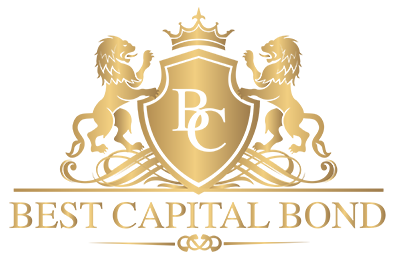The Tax Free Savings Account (TSFA) is a savings account available in Canada, which promotes tax savings. Dividends and capital gains are usually what the Tax Free Savings Account is utilised for. The TFSA usually has income that is left over from savings. This income is non-taxable, even if it is withdrawn for personal purposes.
A TFSA does not have to be an actual savings account, unlike a Registered Retirement Savings Plan (RRSP). It can also be available the form of mutual funds, bonds, stocks, or Guaranteed Investment Certificates (GIC).
Opening a TFSA
To open a TFSA, you should be 18 or older. In 2013, the maximum ‘Contribution’ that you could add to this account currently is up to $57.000. Furthermore, any unused capital that you have, you can carry it forward to the next year. This is a very important and useful feature, especially for those in a business, as they are essentially free to utilise their money as they wish, without fears of taxation.
Is Your TFSA Safe From Creditors?
Unless the TFSA is part of your ‘segregated fund’, for which you have to apply separately, your Tax Free Savings Account is not free from creditors and money lenders. If you have, by chance, defaulted on paying your mortgage or loan, then your creditors are more than welcome to access your TFSA account, and take back the money that is owed to them. A TFSA can only protect you from giving the government you money, not the people to whom you owe money.








